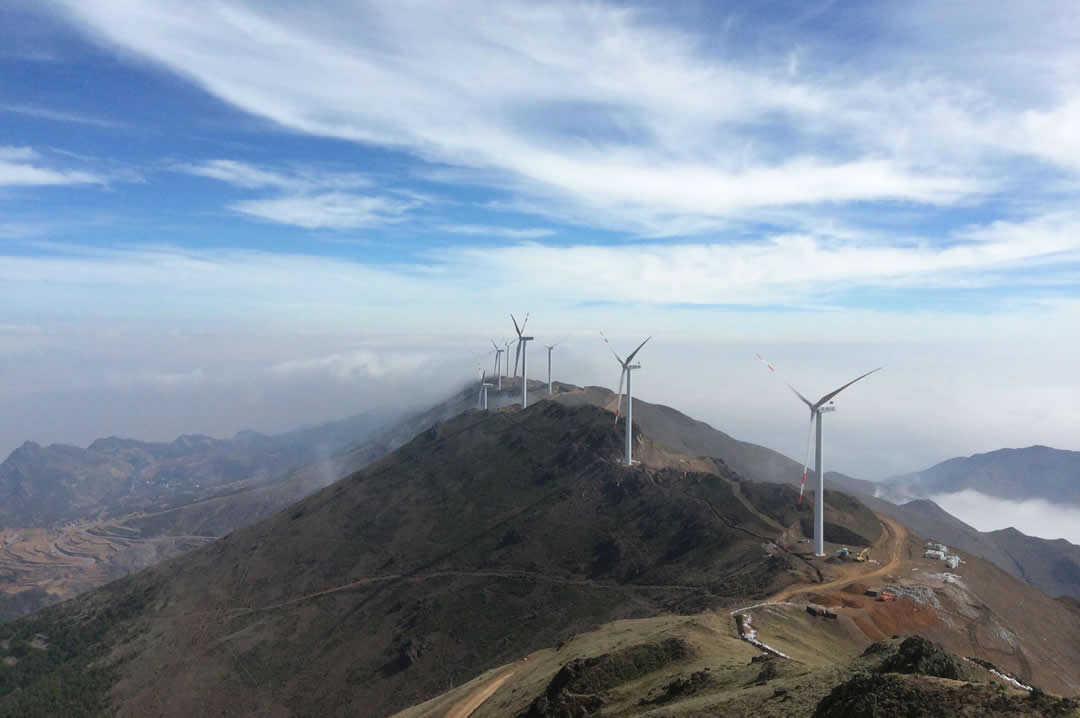
The transportation of wind turbines are in three parts: windmill tower, wind blade, and wind nacelle, they are large-scale equipment, complicated to transport. It is a big challenge to transport those wind power equipment via wind turbine trailers.
Going mountain and going offshore has become keywords in transforming the wind power industry in recent years. In the situation of energy transformation and resource depletion, thermal power and hydropower are facing shrinking. The era of eternal glory has passed. The advantages of offshore and mountainous areas are also increasing. Whether it is going mountain or going offshore, it poses a severe challenge to the industry’s two significant enterprises: the manufacturing, transportation, and installation of wind turbine equipment.
Whether the lowest available wind speed will exceed 4.5m/s (standard density) or lower in the future will be one of the critical missions of our main windmill plant. In the future, how to make a single windmill turbine independent of the grid will become a phenomenon. The lowest cost of the single-unit integrated power generation unit will be the fundamental element of wind turbine construction.
Onshore windmill turbine trailers
Extendable wind blade trailer
Low cost solution to transport the long windmill blade, the extendable beam is telescopic design.
More about extendable wind blade trailer.
Wind blade adapter trailer
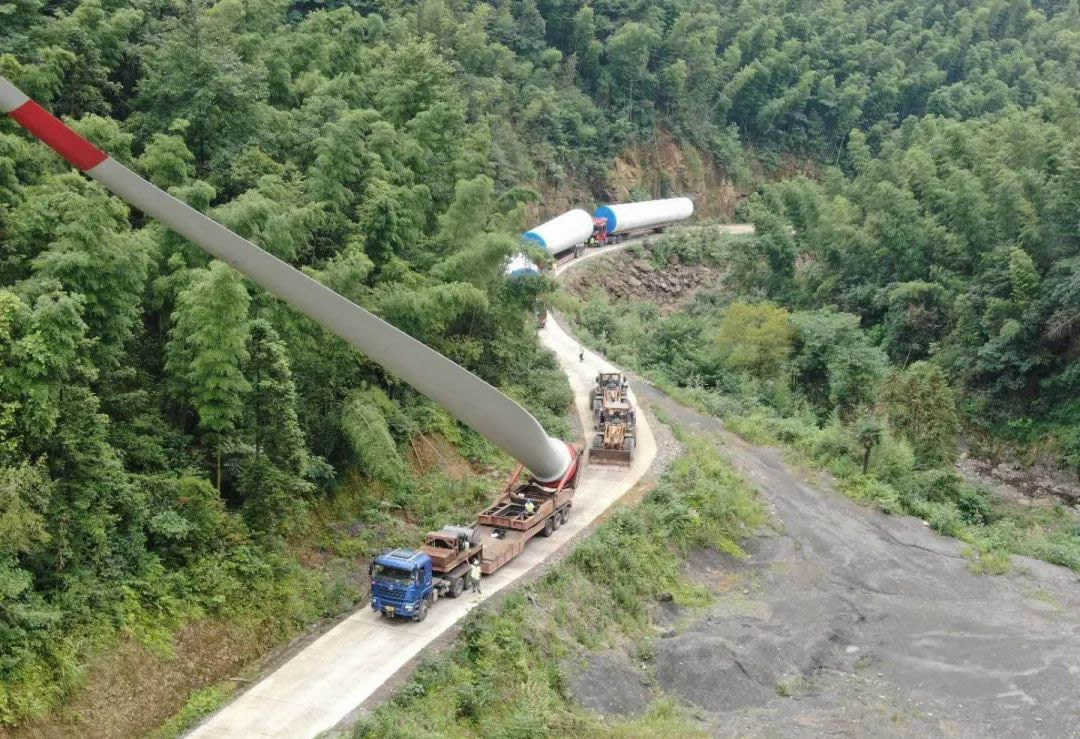
Especially for windmill blade’s transportation in mountainous districts, and other narrower road conditions.
More about wind blade adapter.
Windmill tower trailer
Wind tower transport trailer includes a frame, walking mechanism, lifting device, and remote control operation box.
The frame adopts multiple arc beams to carry the wind tower equipment to reduce the center of gravity of the vehicle body; the lifting device adopts a hydraulic system to adjust the top of the frame loaded with the wind tower during transportation, which can improve the stability of the vehicle body.
The walking mechanism includes the axle and the hydraulic steering device installed on the axle. The wind tower trailer can adjust the vehicle’s balance through hydraulic steering and hydraulic lifting devices with complex transportation environments, such as rugged mountain roads, large slope, and U bends.
The hydraulic cylinder on each axle is connected with a soft hydraulic hose, which reduces the influence on the steering movement during transportation. The hydraulic lifting and steering system of the transport vehicle is conducive to high mountain transportation, and the operation is safe and convenient. The trailers make the windmill tower transportation with low operating costs, high trafficability, and maneuverability.
More about the wind tower trailer.
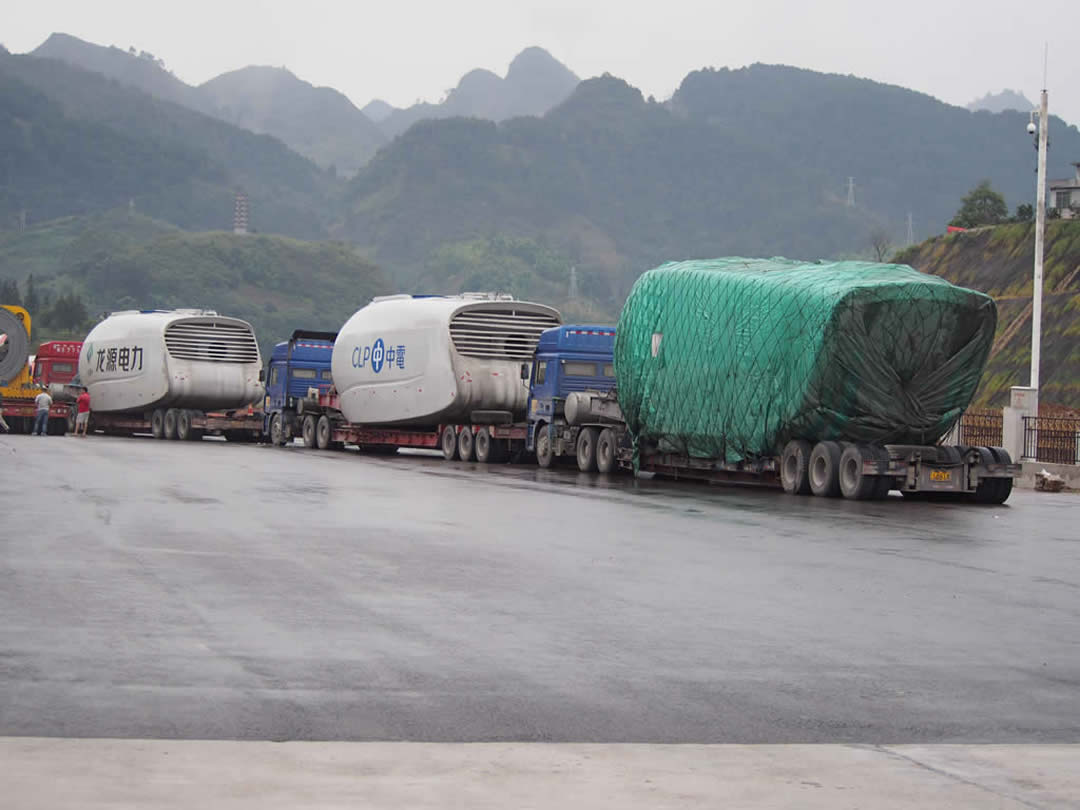
Offshore windmill equipment
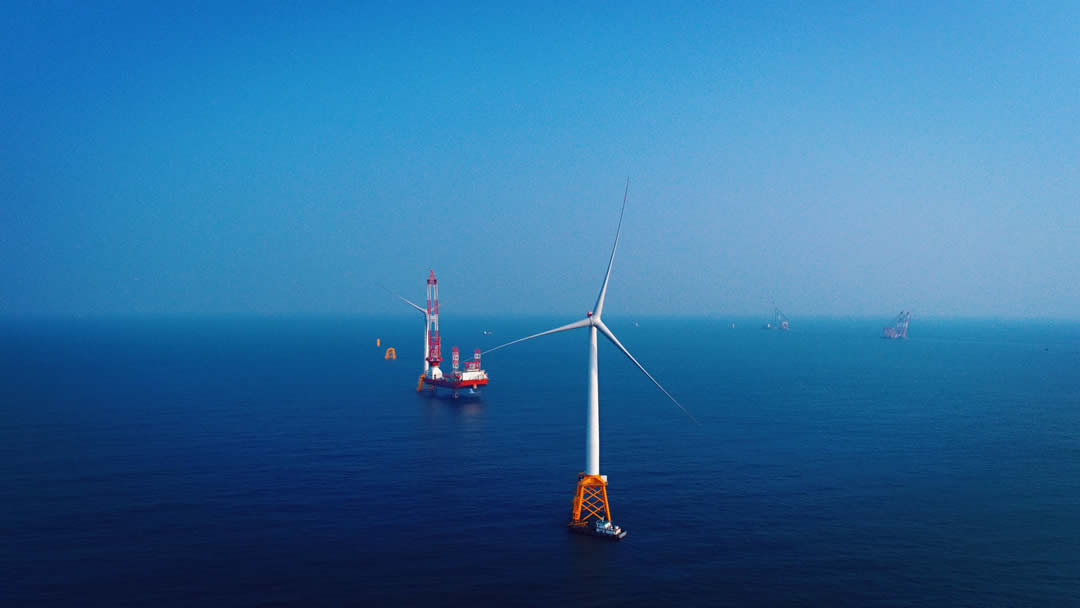
Although the cost of construction and grid connection is relatively high, offshore wind energy development’s economic and social value is getting more and more recognition. Offshore wind power generation has been widely researched and developed in many countries worldwide, especially in developed countries such as Europe and America. Since Denmark built the first offshore wind farm in 1991, after decades of development, offshore wind power’s installation scale has become larger and larger, with more and more projects, which is one of the crucial branches of new energy development.
Water energy, wind energy, and solar energy are new energy resources that are thriving worldwide. The most significant difference between the offshore wind turbine and onshore wind turbine lies in the foundation form. The specific format should be determined according to the hydrological and geological conditions of wind power airport. According to the different installation methods, offshore wind turbines are mainly divided into offshore split installation and offshore integrated installation. Both installation methods require safe installation and short offshore operation time.
Differences between offshore wind turbines and onshore wind turbines in transportation
The most significant difference between offshore wind turbine and onshore wind turbine transportation is that onshore transport needs wind turbine trailers. In contrast, offshore wind energy equipment transportation needs ships. The difficulty of offshore wind power transportation is more challenging than that of land transportation.
Offshore wind turbine transportation has one more transportation project than land wind turbine transportation, the wind jacket foundation. There are two main functions of the wind jacket foundation. The first is to support the wind turbine, connecting the wind turbine’s tower base with the seabed land. The second is to transmit the electric power to the seabed through the pipeline and cable of the wind jacket foundation, and then transmit the electric power to the offshore city through the submarine cable.
Because the wind jacket foundation needs to resist the colossal wind and sea wave impact on the sea, it also needs to support the wind turbine’s weight, which sometimes weighs up to 1500 tons. Therefore, we need self-propelled modular transporter to transport the jacket foundation.
Advantages of wind energy
Offshore wind power is undoubtedly the inevitable trend of the future wind power industry. According to China’s goal, wind power’s annual installed capacity will exceed 30 million kilowatts in the future. Undoubtedly, the proportion of new offshore wind power scale will be higher and higher, and the annual increase of offshore wind power may reach 10 million kilowatts. Windmill power resources are rich in the offshore area, due to the offshore area does not occupy the land, close to cities center, and has multiple advantages. In the case of excess energy such as coal, oil, solar energy, and onshore wind power energy, offshore wind power is like a treasure that has not yet been explored and has become a new “wind outlet” for energy industry investment.
Offshore wind power is rich in resources, does not occupy the land, close to the power load center, and has multiple advantages. In the case of excess primary energy such as coal, oil, photovoltaic, and onshore wind power, offshore wind power is like a treasure that has not yet been explored and has become a new opportunity for energy industry investment.
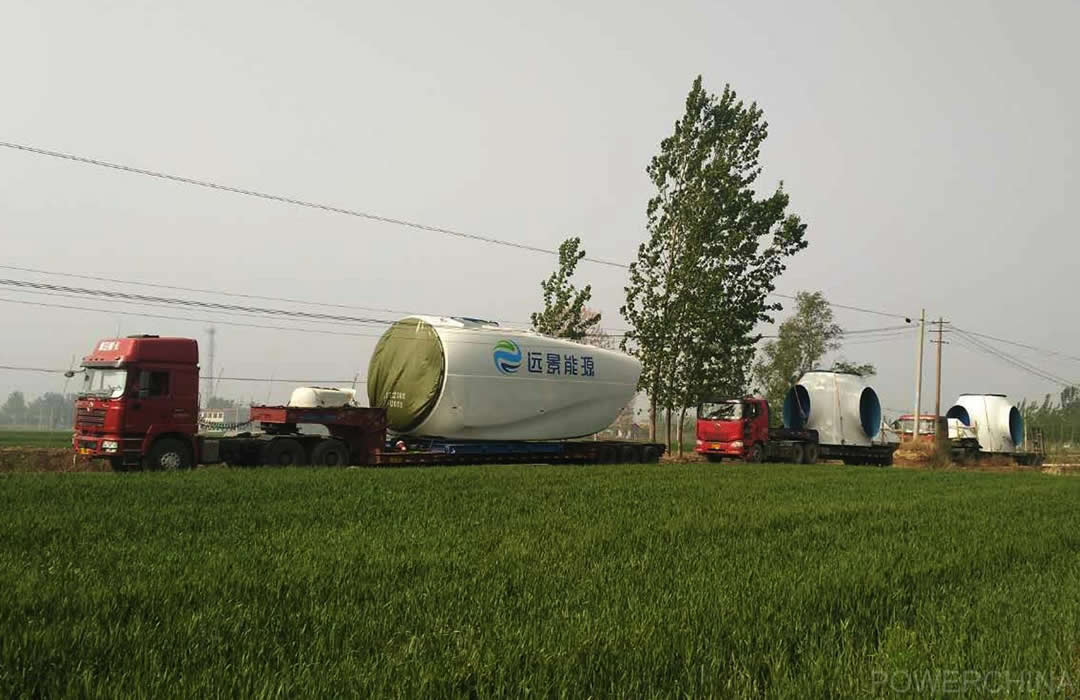
Generally speaking, the difficulties in the transportation of windmill turbines are as follows:
Difficulties in the transportation of wind turbine equipment
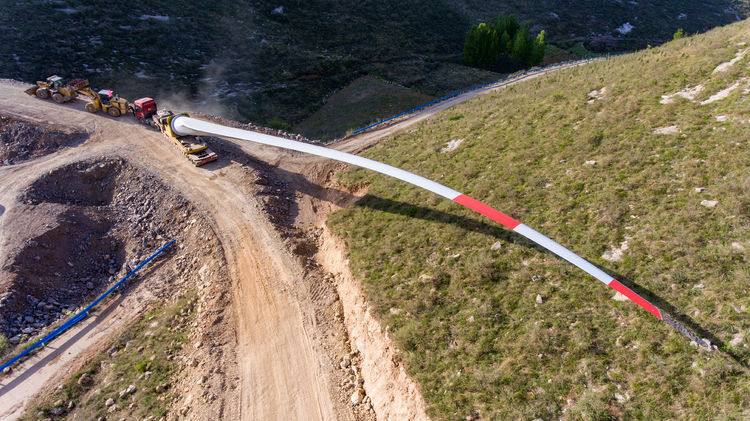
The wind turbine’s leading equipment belongs to overweight, super high, and large nondetachable objects and the wind turbine core is a high-tech and valuable item.
How to ensure safe and non-destructive transportation is what we should consider. However, there are traffic restrictions in the road transportation lines, so different transportation schemes should be adopted according to specific road conditions. The operation task is relatively massive;
Natural weather factors are vital to guarantee the safety of drivers, operators, wind turbine trailers, and windmill turbines.
Under the catalysis of the hot wind energy booming, more and more enterprises enter this emerging industry, which increases the transportation demand of the emerging industry in the new economic situation. The logistics of wind power equipment is becoming mature in opportunities and challenges.


